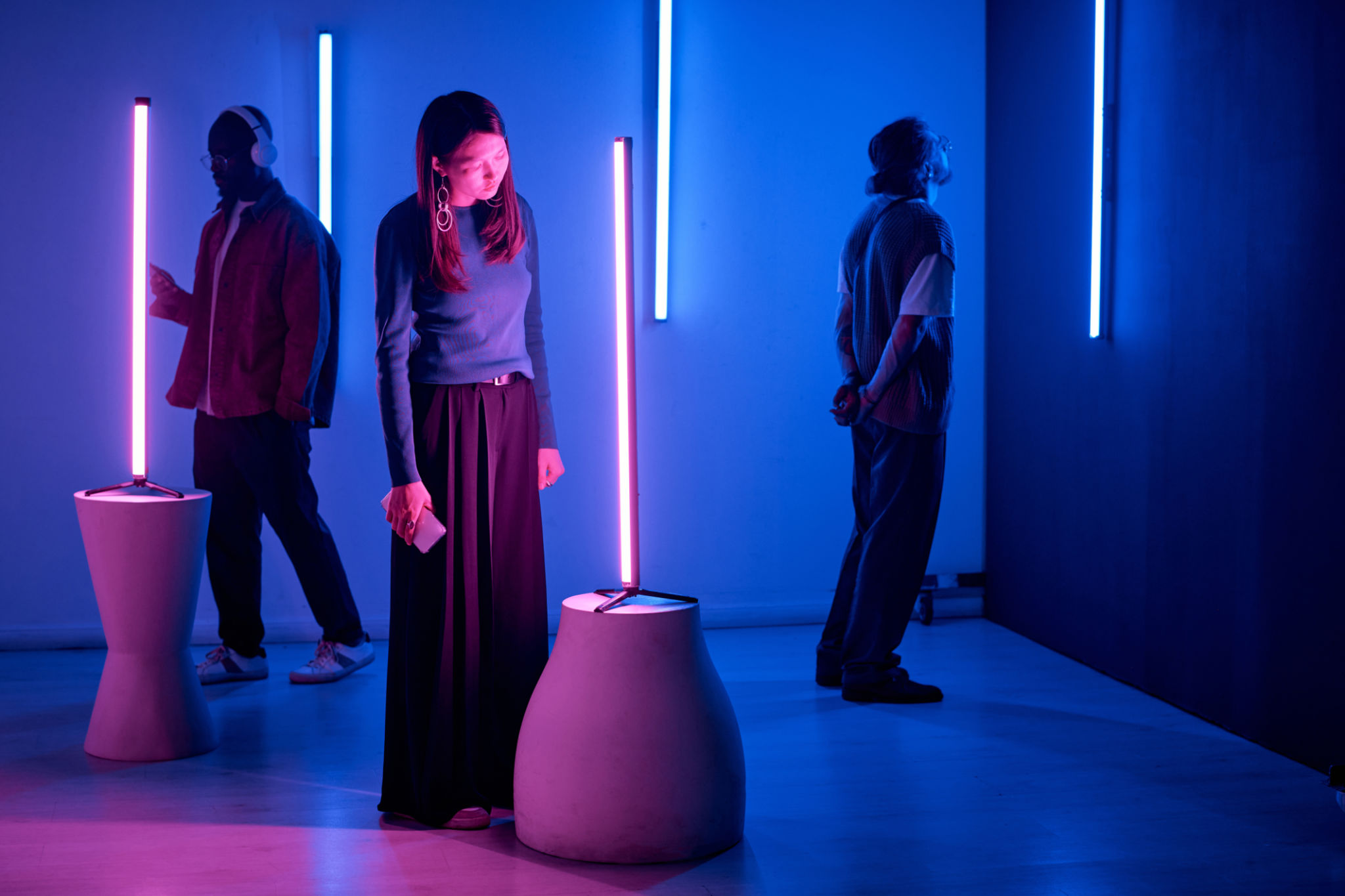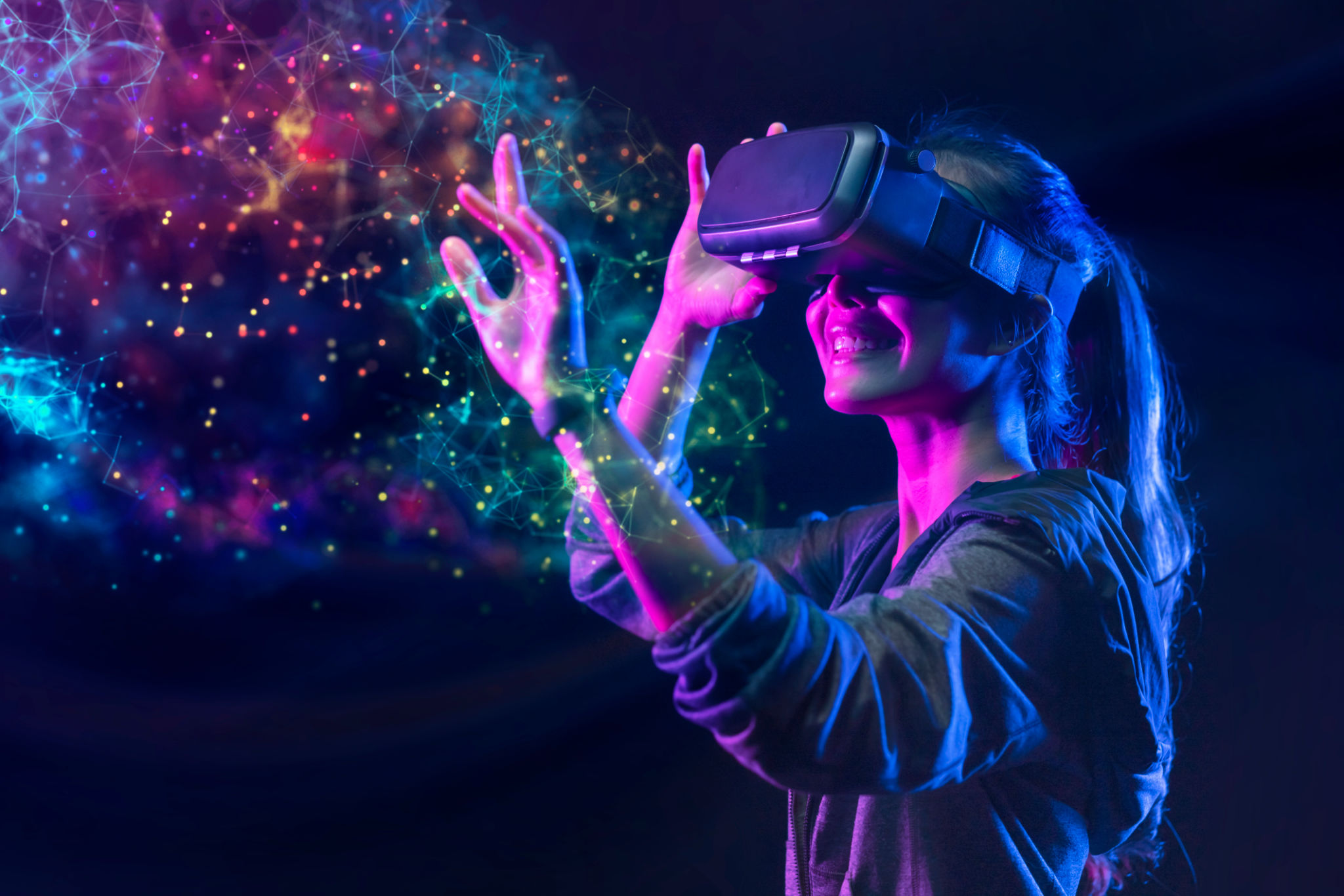Creating Interactive Art Experiences with VR: Comforting the Disturbed and Disturbing the Comforted
CG
Exploring the Intersection of Art and Technology
Virtual Reality (VR) is revolutionizing the way we experience art, creating immersive environments that engage users on a deeper level. This technology allows artists to craft experiences that challenge perceptions, evoke emotions, and invite participants into worlds they could only dream of visiting. As we delve into this new frontier, it becomes clear that VR art experiences are both comforting the disturbed and disturbing the comforted, offering a unique duality that sparks intrigue and reflection.
VR offers the opportunity to step inside the artwork itself, blurring the boundaries between observer and participant. This transformative capability allows artists to create environments that resonate with personal or societal themes, offering solace to those who seek it while challenging the status quo for others. The result is a dynamic interplay between technology and emotion, where art becomes a living, breathing entity.

Comforting the Disturbed
For individuals seeking solace or healing, VR art can be a sanctuary. By creating calming and meditative environments, artists use VR to provide an escape from the chaos of everyday life. These virtual spaces often incorporate soothing visuals and sounds, guiding users through experiences designed to promote mental well-being and relaxation.
In therapeutic settings, VR is increasingly being used to help individuals manage stress, anxiety, and trauma. The immersive nature of VR allows users to confront their fears in a controlled environment, offering both comfort and empowerment. This application of VR art is particularly significant for those who struggle with conventional forms of therapy, providing an alternative that is as engaging as it is effective.

Disturbing the Comforted
Conversely, VR art also serves as a powerful tool for challenging societal norms and stimulating critical thought. By immersing users in unsettling or provocative environments, artists can disrupt comfort zones and encourage introspection. These experiences often tackle complex themes such as inequality, environmental issues, or political unrest, prompting participants to question their own beliefs and assumptions.
The immersive nature of VR ensures that these messages are experienced viscerally, leaving a lasting impression. This ability to provoke and challenge is what makes VR art such a potent medium for social commentary. By engaging audiences on multiple sensory levels, artists can effectively communicate their messages and inspire change.

The Future of Interactive Art Experiences
As technology continues to evolve, the potential for creating even more sophisticated and impactful VR art experiences grows exponentially. Artists are exploring new ways to integrate interactive elements into their work, allowing participants to influence the narrative or environment. This level of interactivity not only enhances engagement but also personalizes the experience for each user.
Moreover, advancements in VR hardware and software are making these experiences more accessible to a wider audience. As VR headsets become more affordable and user-friendly, more people can explore these innovative art forms. This democratization of technology paves the way for a future where immersive art experiences are not only commonplace but also integral to our cultural landscape.
Conclusion: The Dual Nature of VR Art
In conclusion, VR art experiences offer a unique blend of comfort and challenge, appealing to diverse audiences with varying needs and expectations. Whether providing a refuge for the disturbed or provoking thought among the comforted, these interactive mediums are redefining how we engage with art and technology. As we continue to explore this exciting intersection, VR promises to transform our understanding of creativity and expression in profound ways.

